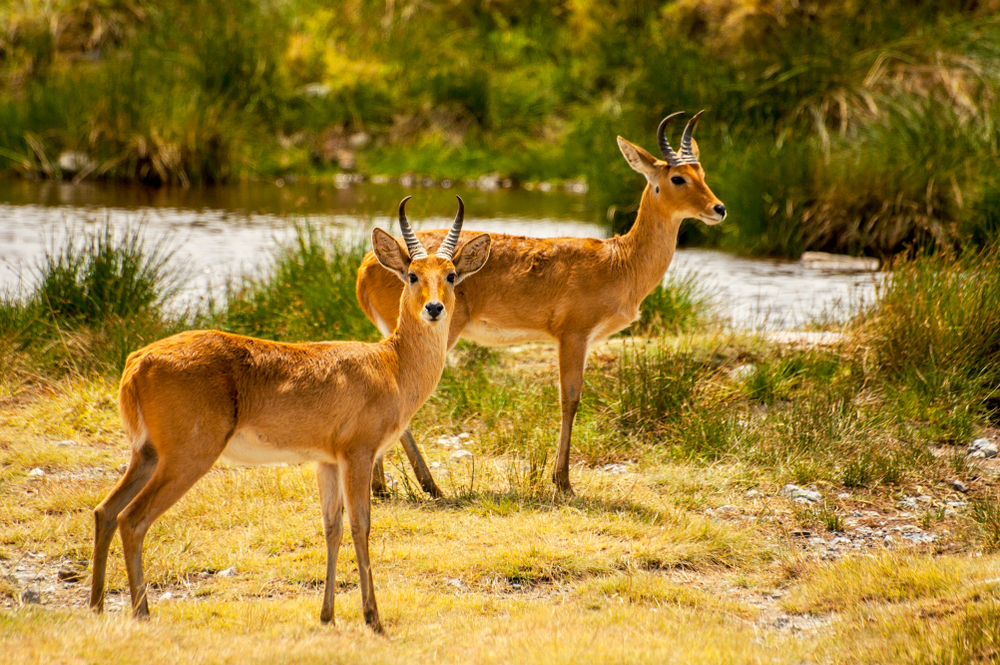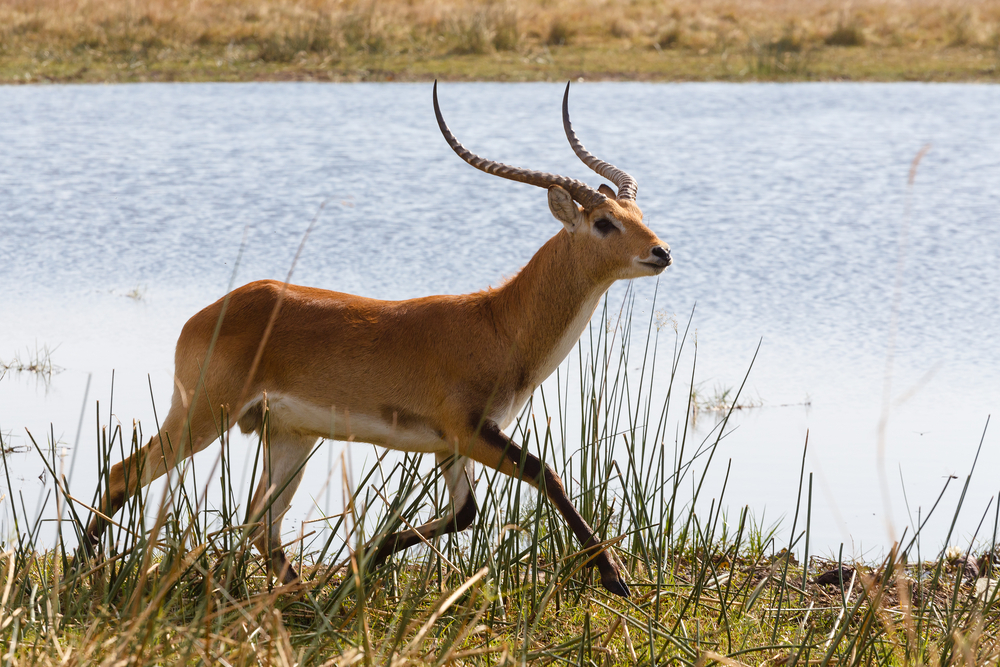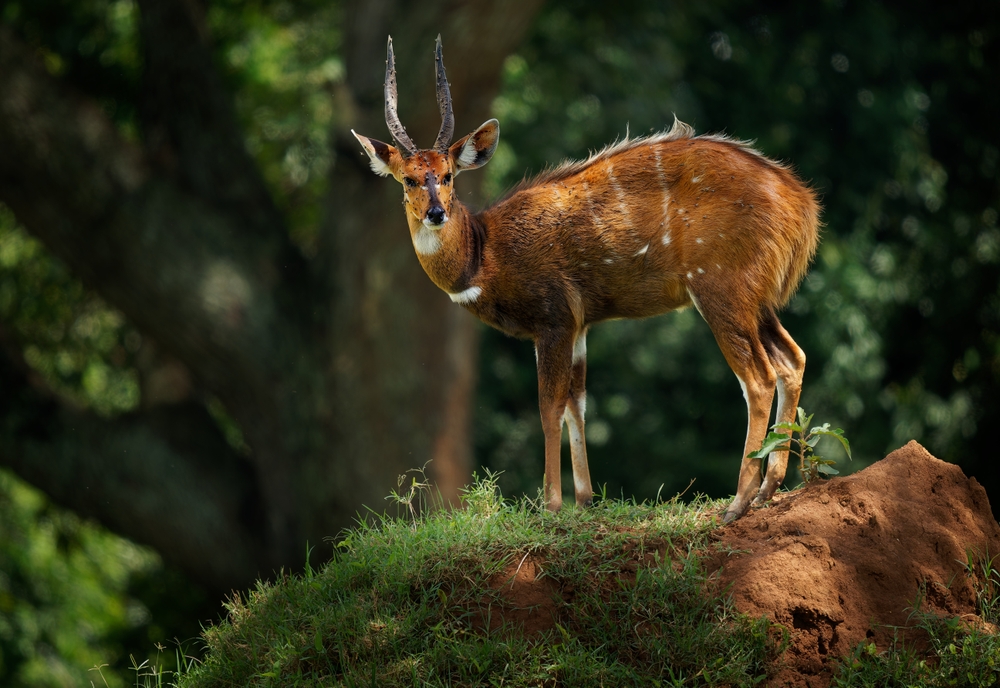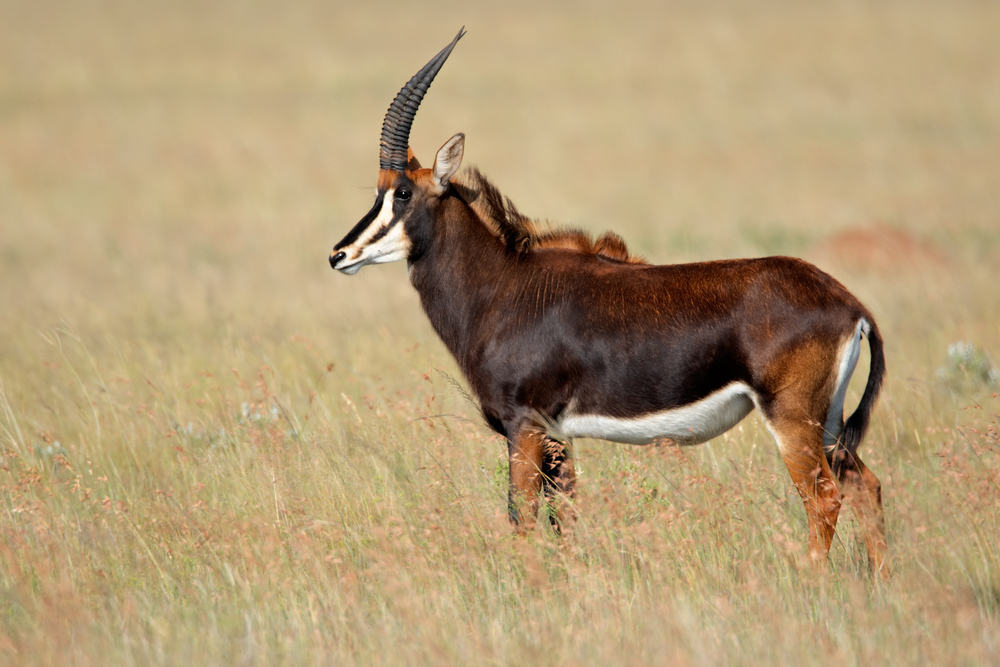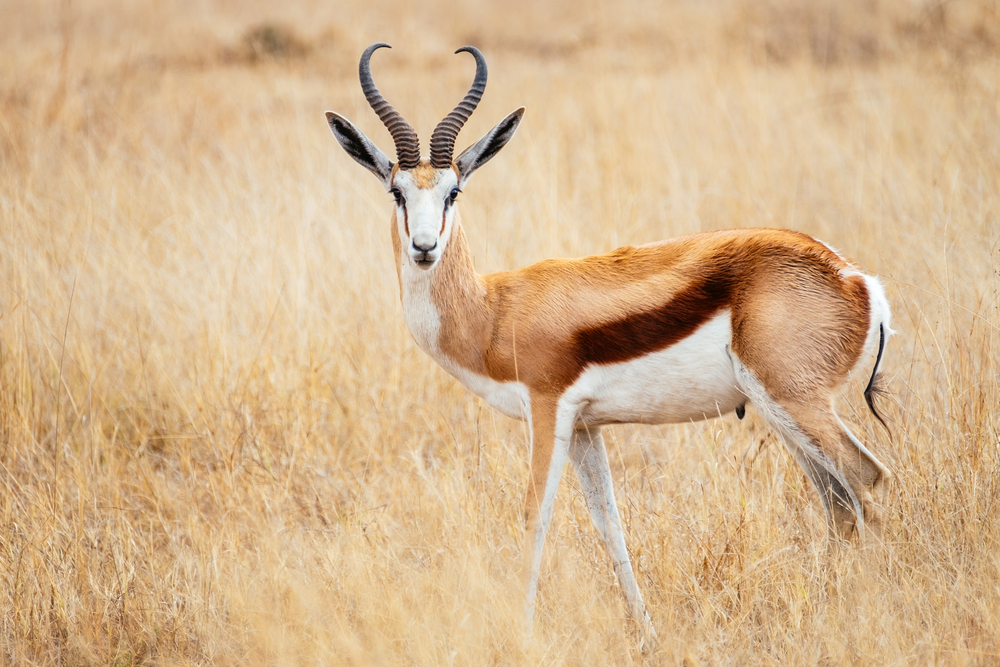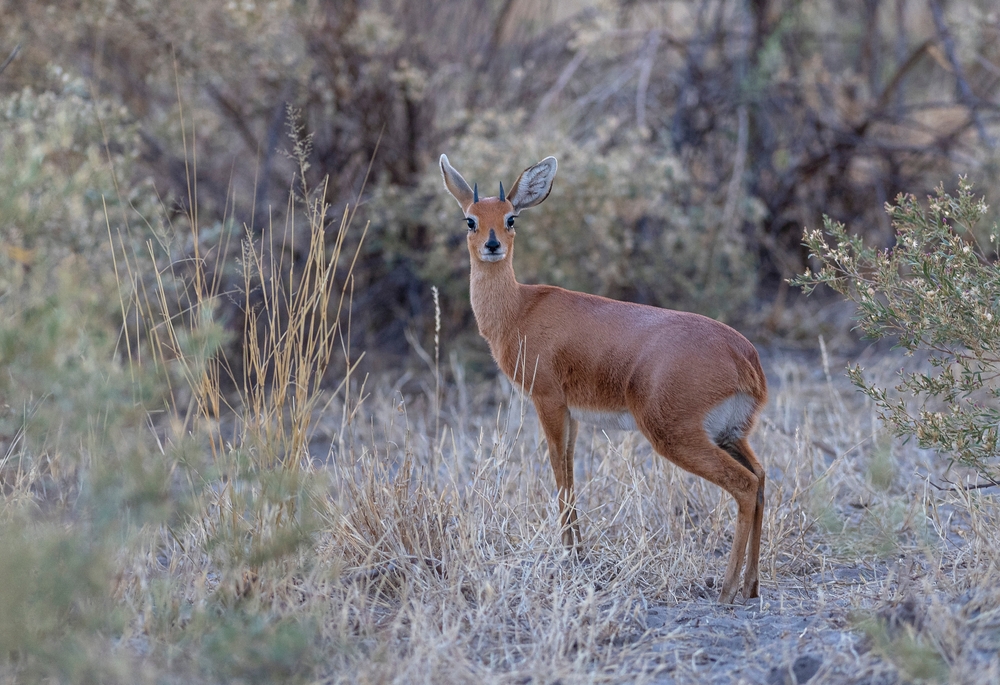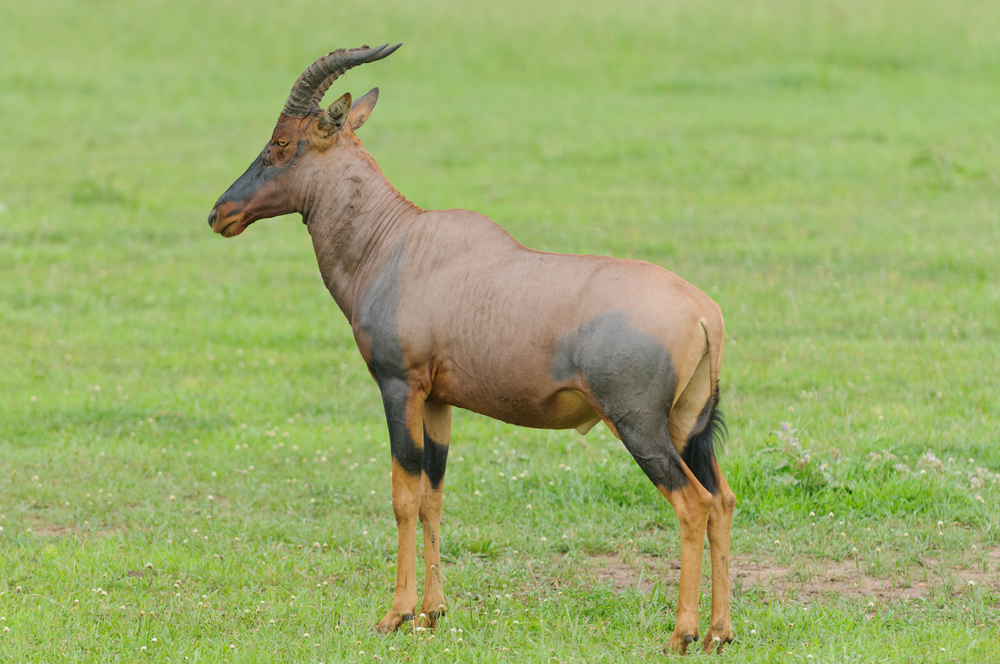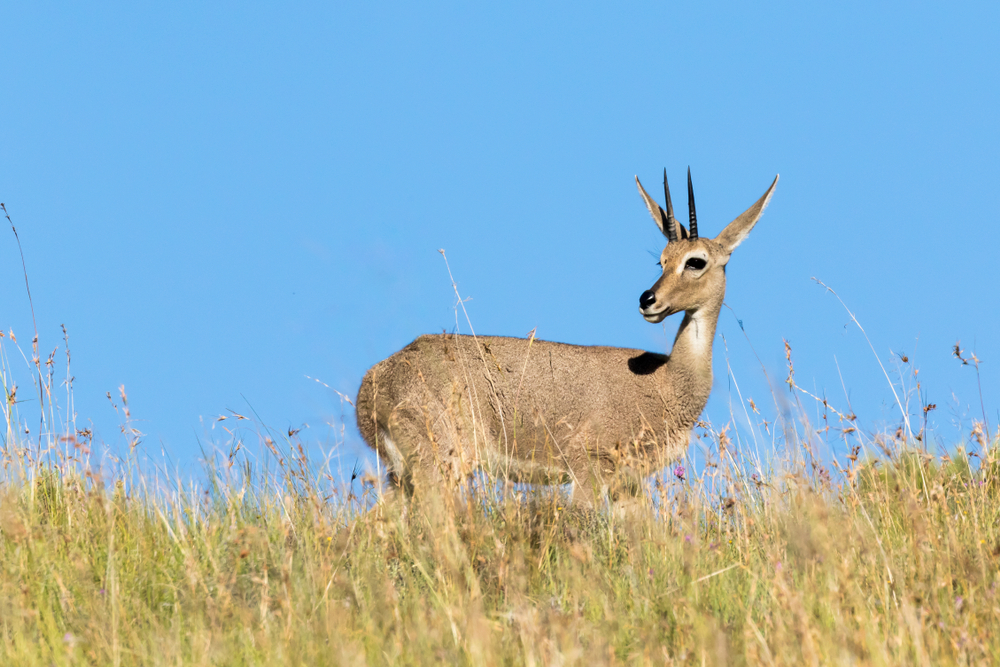Uniqueness
The Reedbuck stands out among African antelopes for its strong ecological association with wet grasslands, its secretive behavior, and its distinctive alarm responses. Belonging to the genus Redunca within the family Bovidae, it includes three species—Southern, Bohor, and Mountain Reedbuck—each occupying different ecological zones but sharing remarkable behavioral and anatomical traits that set them apart from other grazers.
Specialized Habitat Preference
Unlike many antelopes that adapt to a range of environments, Reedbucks are strongly tied to moist habitats such as floodplains, reedbeds, marshes, and valley grasslands. This ecological specialization means they are reliable indicators of wetland health. Their name itself reflects this bond with reed-dominated environments.
Vocal Alarm Whistle
One of the Reedbuck’s most distinctive features is its shrill, whistling alarm call, which it emits through the nostrils when startled. This piercing sound, combined with its sudden, bounding escape through tall grasses, makes its flight behavior highly recognizable—and unlike any other African antelope.
Tail-Flagging and Fleeing Behavior
When fleeing, Reedbucks display a unique tail-flagging behavior, raising their white tail patch to flash a bright visual signal. This can confuse predators and also serve as a warning to nearby conspecifics. Their escape style is characterized by high, stiff-legged bounding leaps, powered by strong hind legs, allowing them to navigate flooded or uneven ground efficiently.
Sexual Dimorphism and Horn Structure
Only males have horns, which are strongly ridged and curve forward—distinct from the lyre-shaped or spiraled horns of many other antelopes. This makes them easy to distinguish in the field. Females, being hornless and often solitary, are more difficult to spot.
Subtle Social Structure
Reedbucks are generally solitary or form small, loose associations—a social arrangement less common among medium-sized grazers, which often form large herds. This low-profile behavior contributes to their elusive nature.
Altogether, the Reedbuck’s habitat specificity, alarm whistle, flight behavior, and subtle social structure make it one of the most unique and specialized antelopes in Africa.



































































